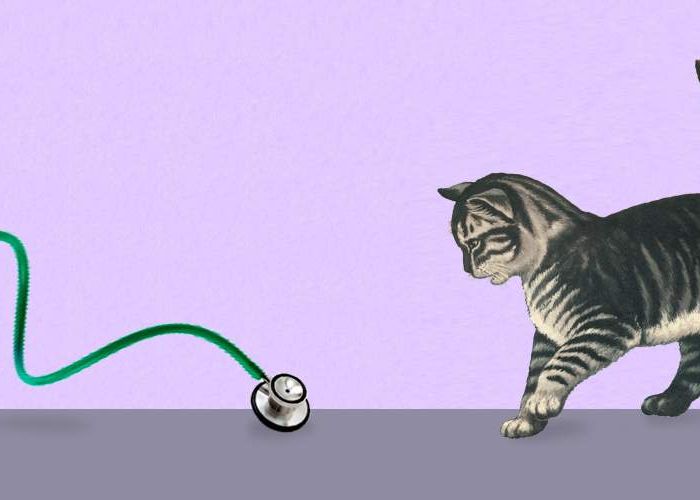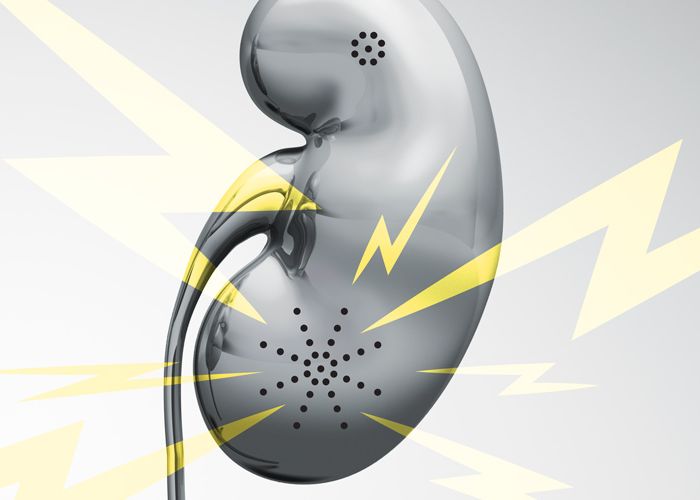

Study Highlights Prevalence of Cystoisospora Found with Fecal Antigen Testing
In small animal veterinary practice, nematodes, cestodes, and coccidia protozoa are common intestinal parasites in dogs and cats. To maintain the well-being of our patients, conducting a fecal examination for intestinal parasites is an important part of both routine wellness care and for patients with gastrointestinal disease. Despite the various fecal examination methods available, accurately identifying infections with certain parasites can pose challenges. Current diagnostics can make detecting common parasites complex; however, fecal antigen testing is an additional tool for identifying these parasites, now including Cystoisospora.
What Is Cystoisospora?
Cystoisospora is a common protozoan parasite that causes a condition known as cystoisosporiasis or coccidiosis. It primarily affects the intestinal tract, with clinical signs more likely in young, immunocompromised, and/or stressed patients. The majority of clinical cases are seen in puppies and kittens under 4 months old, most commonly at 3-8 weeks of age—older healthy dogs aren't usually affected. Symptoms can include diarrhea, dehydration, weight loss, hemorrhage, vomiting, depression, and anorexia.
The parasite is transmitted through ingestion of contaminated food or water, as well as through contact with infected feces. After infection, it will take 4-13 days (prepatent period) for oocysts to be seen in the feces . This prepatent period may allow infections to go undetected on fecal ova and parasite (O&P) testing, thus increasing the chance for the appearance of clinical signs before there is evidence of oocysts in the stool. Treatment typically involves medicating with Sulfadimethoxine (the only drug that is approved for the treatment of enteritis associated with coccidiosis) and supportive care to manage symptoms. Preventive measures include proper hygiene, sanitation, and regular deworming of dogs.
How Prevalent Is Cystoisospora?
Infections are prevalent in both dogs and cats, with surveys showing rates ranging from 3% to 38% in dogs, and 3% to 36% in cats in North America, depending on the age group and population surveyed. Interestingly, research conducted over three years found that Cystoisospora was detected in 1.6% of dogs and 2.2% of cats during wellness visits, with higher occurrences in puppies and kittens under 6 months old. This wide range of prevalence may be due to testing differentials.
Fecal Antigen Testing vs. Fecal Flotation (O&P) Testing
The addition of Cystoisospora antigen to fecal panels and profiles means that detection does not depend on the presence of oocysts in the feces. The coproantigen is detected from sporozoites, merozoites, and oocysts in canine and feline stool samples. The coproantigen is specific to pathogenic Cystoisospora spp. of both dogs and cats. It does not cross-react with other coccidia, such as Eimeria spp., which can be commonly found in feces as a result of coprophagy (often from avian, rabbit, rodent, or ruminant feces).
During a 2-week period, IDEXX Reference Laboratories received 86,836 fecal specimens, with 2.7% testing positive for antigen, while only 1.0% were positive for oocysts through fecal flotation. The presence of antigen correlates with 89% positive agreement and 98% negative agreement with fecal flotation (O&P). Seasonal trends suggest that approximately 2.6%-3.7% of specimens would be antigen-positive. Dogs and cats under 6 months old show over 8.0% positivity, whereas older pets have fewer positive results.
Using Fecal Antigen Testing Alongside O&P
Fecal antigen testing finds up to 5 times more infections than fecal flotation alone and therefore is incredibly useful for diagnosing patients. Historically, canine and feline coccidiosis diagnosis was based on signalment, history, clinical signs, and the oocysts present in feces. But, the presence of oocysts in feces alone is not proof that coccidiosis is the cause of clinical signs, and can sometimes be misidentified as Emieria spp. oocysts. Increased detection with highly specific fecal antigens can enable definitive treatment and decreases the likelihood of further environmental contamination.
When faced with intestinal infections in young, stressed, or immunocompromised cats and dogs, Cystoisospera should be considered as a potential cause due to its prevalence in North America. Fortunately with fecal antigen testing in collaboration with O&P, we can achieve more reliable results and treat our patients more quickly and completely.







